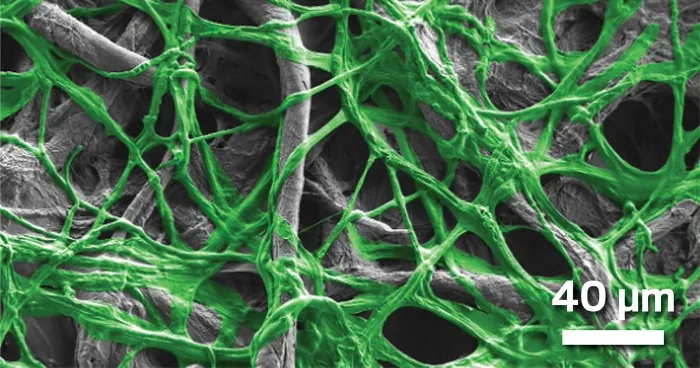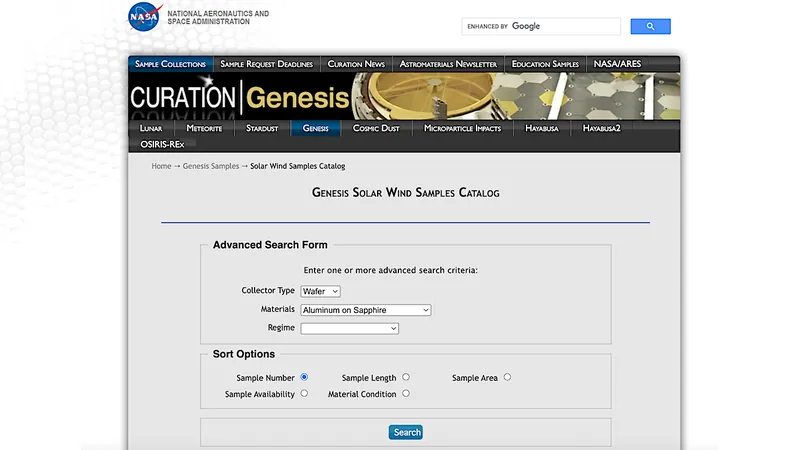
Revolutionary Nontoxic Coating Fights Fungi on Multiple Fronts
2025-07-02
Author: Mei
The Fungus Fiasco: A Growing Concern
Fungi are more than just a nuisance; they’re becoming a serious threat lurking in crops, storage areas, and even within our bodies. With conventional fungicides struggling against increasingly resistant fungi, the need for innovative solutions has never been more pressing.
Introducing a Game-Changer: The Sprayable Shield
Researchers have unveiled an exciting nontoxic spray that not only deters fungi but also eradicates them if they make contact. This innovative solution creates an ultra-water-repellent surface that prevents fungi from adhering, revolutionizing our approach to fungal control.
Dual-Powered Defense: A Scientific Breakthrough
Led by Boaz Pokroy, a materials scientist at Technion—Israel Institute of Technology, the team has harnessed their expertise in antibacterial fatty acids to create a unique "dual-mode" agent. The first line of defense is stearic acid, known for its hydrophobic properties, which already cut down gray mold growth by over 60% on controlled surfaces.
But they didn’t stop there! By incorporating a second fatty acid, caprylic acid, the coating becomes a one-two punch against any fungi that try to settle in. Together, these fatty acids demonstrated total mold inhibition, marking a significant leap in fungi management.
How It Works: The Science Behind the Spray
Upon application, stearic acid forms crystalline structures, while caprylic acid attaches to these forming crystals. As the solvent evaporates, these crystals cluster together, resulting in a highly textured surface drenched in caprylic acid—a potent fungicide. This super spray maintains its effectiveness for about a week before the protective abilities begin to wane.
Unveiling Future Applications: A Versatile Solution
Pokroy points out ventilation ducts as key areas for application, where moisture and darkness usually create the perfect environment for fungal growth. In healthcare settings, these airborne spores heighten infection risks for vulnerable patients, making this nontoxic alternative crucial. Traditional fungicides can pose toxic risks, but this new coating promises a safer approach.
A Catalyst for Change: Experts Weigh In
Jonathan C. Barnes, a chemistry professor at Washington University in St. Louis, lauded this pioneering work as highly scalable. The fatty acids used are common in food and cosmetic products, suggesting broad applicability across various industries.
He emphasized that the coating's successful application on diverse surfaces—from glass slides to cellulose filters—opens up many possibilities, including its use on medical implants where combating infections is critical during surgeries.
Conclusion: The Future of Fungal Management is Here
With this groundbreaking research, we may finally have a safe and effective way to tackle the ever-growing threat of fungi. Stay tuned as this innovative spray paves the way for healthier environments, from crops to hospitals!





 Brasil (PT)
Brasil (PT)
 Canada (EN)
Canada (EN)
 Chile (ES)
Chile (ES)
 Česko (CS)
Česko (CS)
 대한민국 (KO)
대한민국 (KO)
 España (ES)
España (ES)
 France (FR)
France (FR)
 Hong Kong (EN)
Hong Kong (EN)
 Italia (IT)
Italia (IT)
 日本 (JA)
日本 (JA)
 Magyarország (HU)
Magyarország (HU)
 Norge (NO)
Norge (NO)
 Polska (PL)
Polska (PL)
 Schweiz (DE)
Schweiz (DE)
 Singapore (EN)
Singapore (EN)
 Sverige (SV)
Sverige (SV)
 Suomi (FI)
Suomi (FI)
 Türkiye (TR)
Türkiye (TR)
 الإمارات العربية المتحدة (AR)
الإمارات العربية المتحدة (AR)